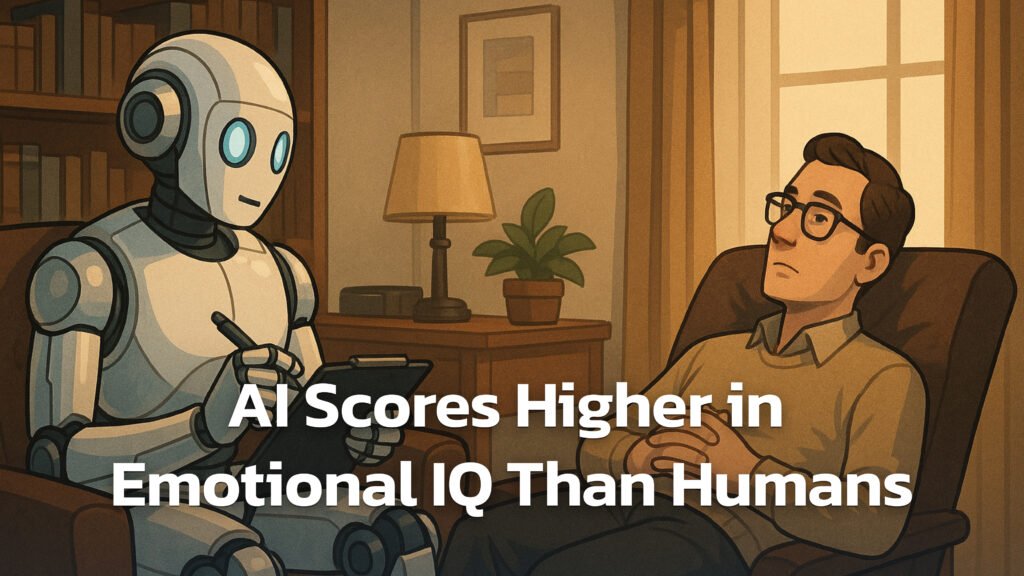Recent trends show a notable increase in the number of diagnoses and prescriptions for attention deficit hyperactivity disorder (ADHD). Experts attribute this surge primarily to heightened public awareness rather than a genuine rise in the prevalence of the condition.
In the past decade, the number of individuals diagnosed with ADHD has grown significantly. According to a report from the Centers for Disease Control and Prevention (CDC), approximately 6.1 million children in the United States have received an ADHD diagnosis as of 2020, up from 4.4 million in 2003. This increase highlights not only a shift in how ADHD is recognized but also how society perceives mental health issues overall.
Increased awareness campaigns and educational programs have played a role in this trend. Schools, healthcare providers, and advocacy organizations have worked to inform parents and teachers about the symptoms of ADHD, which include inattention, hyperactivity, and impulsivity. This effort has led to more parents seeking evaluations for their children, contributing to the rise in diagnosed cases.
A study published in the Journal of the American Academy of Child & Adolescent Psychiatry found that among children aged 2 to 17, the percentage diagnosed with ADHD rose from 7.8% in 2003 to 10.2% in 2016. Researchers pointed out that many families are more informed about the condition today and are more willing to pursue assessments and treatment options.
Furthermore, the availability of ADHD-related resources online has enabled parents to better understand the condition. Online forums and social media platforms allow families to share experiences, which can prompt others to seek help. The increased dialogue surrounding ADHD has destigmatized the condition and fostered a culture where seeking diagnosis and treatment is more accepted.
While the rise in diagnoses may suggest a higher prevalence of ADHD, experts caution against interpreting these numbers as an epidemic. Instead, they argue that better awareness and understanding have empowered individuals to seek help. This is reflected in the rise of ADHD medication prescriptions, which have also increased significantly. Data from the IQVIA Institute for Human Data Science indicates that prescriptions for ADHD medication in the United States reached 41 million in 2020, a 30% increase from the previous five years.
However, there are concerns regarding the implications of this trend. Some experts warn that the increase in diagnoses might lead to overdiagnosis, where children are labeled with ADHD without a thorough assessment. This could result in unnecessary medication and treatment, potentially leading to adverse effects on children’s health and wellbeing. It is crucial for healthcare providers to conduct comprehensive evaluations before making a diagnosis, ensuring that children receive appropriate care tailored to their needs.
As ADHD awareness continues to grow, it is essential to strike a balance between recognizing legitimate cases of ADHD and avoiding overdiagnosis. Engaging in informed discussions about the condition, supported by research and clinical guidelines, will be key in guiding parents, educators, and healthcare professionals in their approach to ADHD. Ultimately, while the rise in diagnoses is largely due to increased awareness, the focus should remain on ensuring that those who truly need support receive it.



